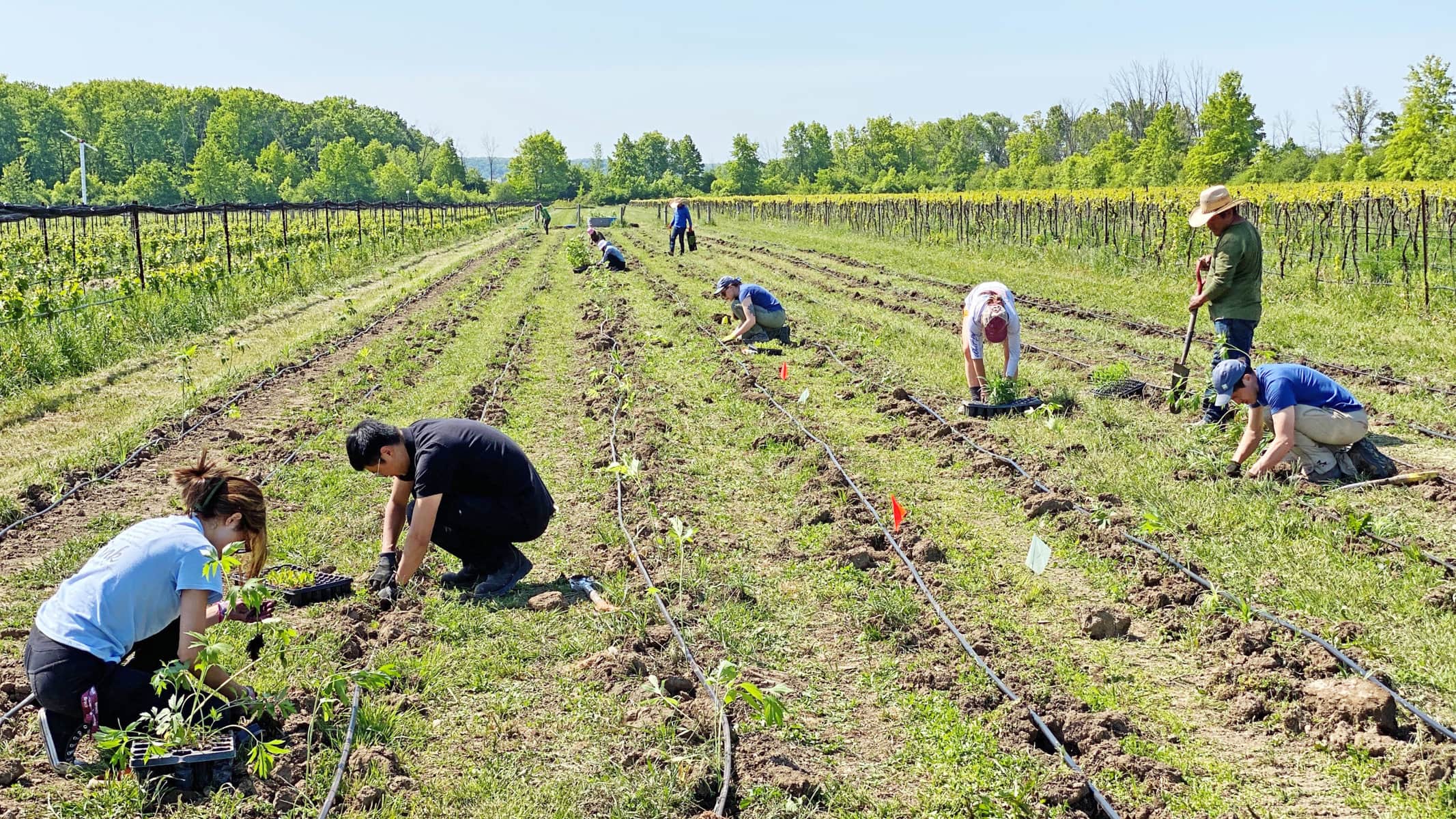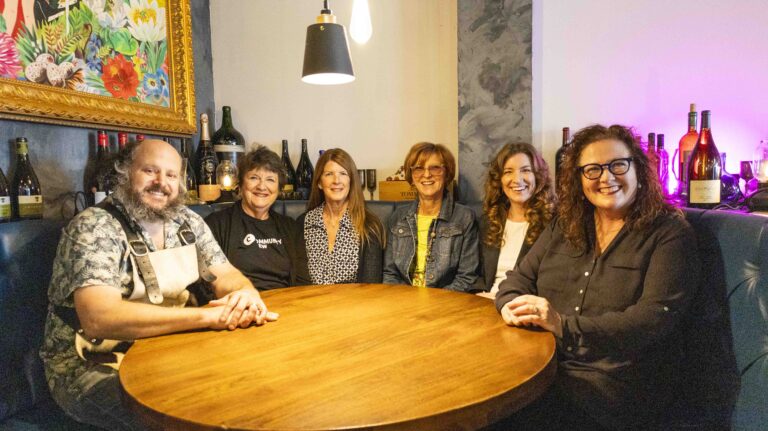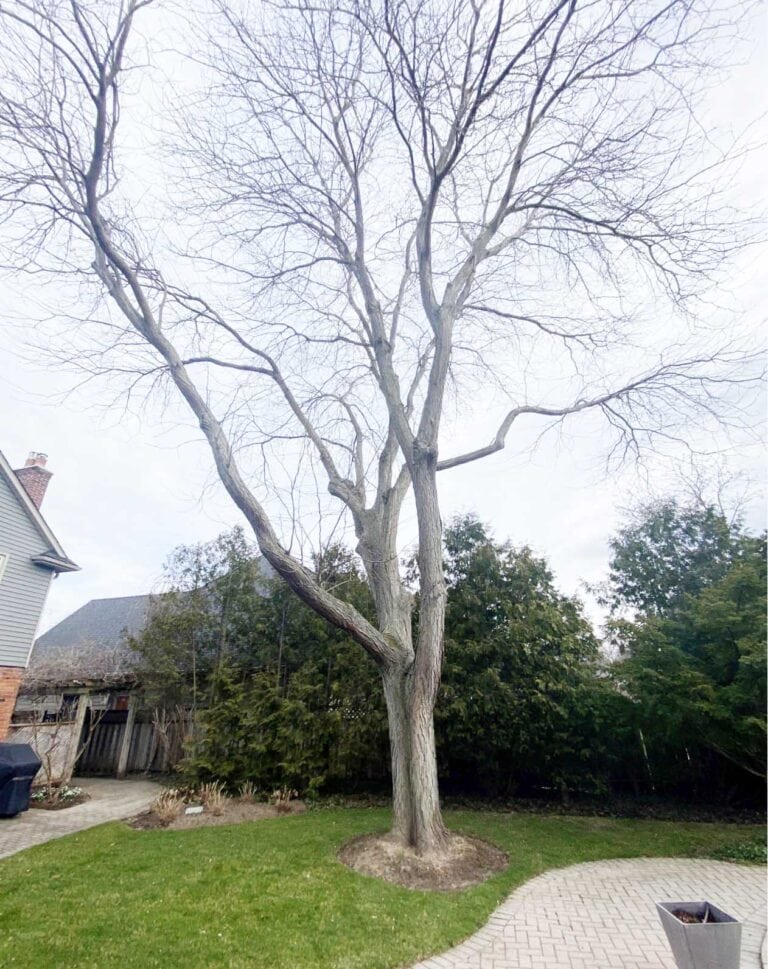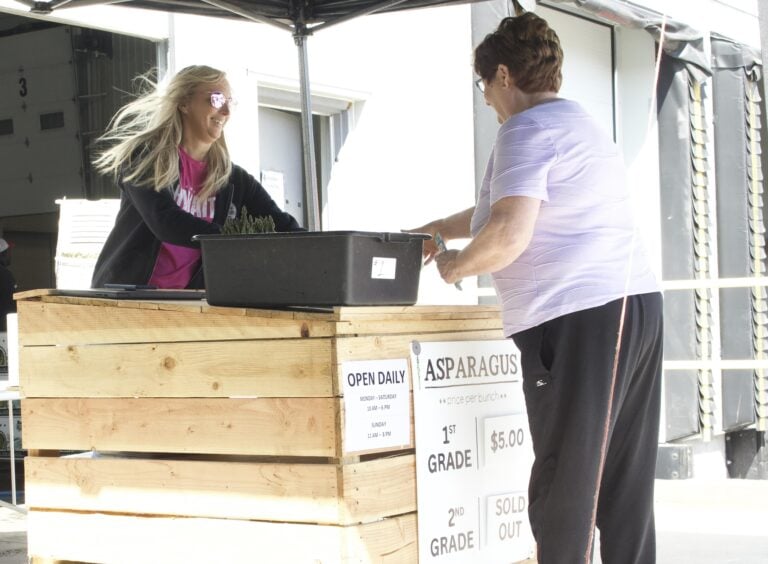How NOTL winery uses an organic, natural approach to sustainability
A hardy group of volunteers has taken on the daunting task of planting 5,000 native pollinator plants on 1.8 acres of land surrounded by vineyards at Southbrook Winery.
The Niagara-on-the-Lake project is a collaboration between Southbrook and Land Care Niagara, for mutual benefit.
“This is part of a monarch butterfly habitat restoration program,” explained Mike Weber, a species-at-risk technician for Land Care Niagara.
“So, we’ve got a couple of different kinds of milkweed going in here, as well as all the native pollinators to provide habitat for adults as well as all the larval stages of the monarch butterfly.”
Other plants include dense blazing star, heath aster and green headed coneflower.
“Hopefully it will be a good place for the monarchs to come. And it’s great to have a symbiotic partner,” added Weber.
The same plants that attract monarch butterflies also draw insects that are beneficial in the vineyard. One in particular, the parasitic wasp, is helpful in combating leaf hoppers in the vineyard.
Leaf hoppers are tiny bugs that can cause big damage.
“They puncture holes in the leaves. So, then I’m losing chlorophyll and then after the chlorophyll, I’m losing photosynthesis,” said Len Van Hoffen, vineyard manager at Southbrook.
That’s where the parasitic wasp comes in.
“It’s almost like a science-fiction movie,” said Van Hoffen.
“The parasitic wasp stings the adult leaf hopper and then lays its eggs inside it. As the new parasitic wasp grows, it kills the leaf hopper.”
Southbrook is certified organic, biodynamic and sustainable, so insecticides are not in its toolkit.
“The only weapons I have for the leaf hopper are the parasitic wasp and a clay spray, which can make the surface of the leaves too hard for the hoppers to puncture.”
But Van Hoffen tries to avoid spraying the vines with clay, since it can inhibit growth.
Instead, he has created an inviting buffet for the wasps.
In addition to the new monarch garden, Van Hoffen attracts the helpful wasps with the cover crop planted between the rows of vines.
“We’ve planted five different species of clover, and alfalfa and native grasses. My thinking is that throughout the growing season, something is blooming at all times. There’s always something here for a parasitic wasp,” said Van Hoffen.
“They’re like any other bee, they want the nectar. So there’s always something blooming for them to feed on.”
Southbrook uses a wide range of practices to be as environmentally friendly as possible.
A huge array of solar panels produces electricity that gets fed back to the grid, “but all of the hydro we use in our winery production is covered off by that,” said Van Hoffen.
He’s also looking forward to a new purchase.
“We have a deposit on an all-electric autonomous tractor that actually drives itself and we will have zero emissions from that machine. It’ll all be fed from solar.”
Weeds are not sprayed at Southbrook, they’re removed mechanically.
When the vines need to be watered, it’s done with a drip line. “We use drip irrigation, which is a way of watering without losing water to evaporation, unlike those big sprays you see,” he said.
Fertilizer is compost from the winery’s property.
“There’s another 75 acres in addition to the vineyard and that’s where the animals are. There are cows, pigs and chickens. The farmer there basically gets the land for free and then I take all his manure, compost it for 18 months, and then it gets spread on the vineyard. So the whole place is a closed loop,” explained Van Hoffen.
Organic vineyards are permitted to use copper sulphate sprays to control mildew, but Van Hoffen has a lofty goal on that front.
“My goal is to reduce our fungicide use by about 80 per cent.”
“I hooked up with a company out of Simcoe that has been able to isolate which bacteria in the soil feeds the amoeba and then feeds the nematodes (microscopic roundworms), who then poop out usable nitrates,” he said.
“So they brew the bacteria and then we apply them to the soil and on the vines, and then the leaf is actually so much harder that the powdery and downy mildew just can’t get a hold,” he said.
“We did a test block last year and the vines were greener and the bunches were bigger. This year we’ve already done one application.”
So the new pollinator garden is just one more feature at Southbrook that supports its organic practices, while simultaneously supporting monarch butterflies, an endangered species.
Weber noted, “It’s not generally that Land Care Niagara finds a landowner who’s willing to donate or to provide so much land for a site like this. This is definitely by far our biggest site.”
The new plants will need to be watered as they get established, but eventually they’ll be very low maintenance, just doing their job of attracting beautiful butterflies and parasitic wasps alike.










